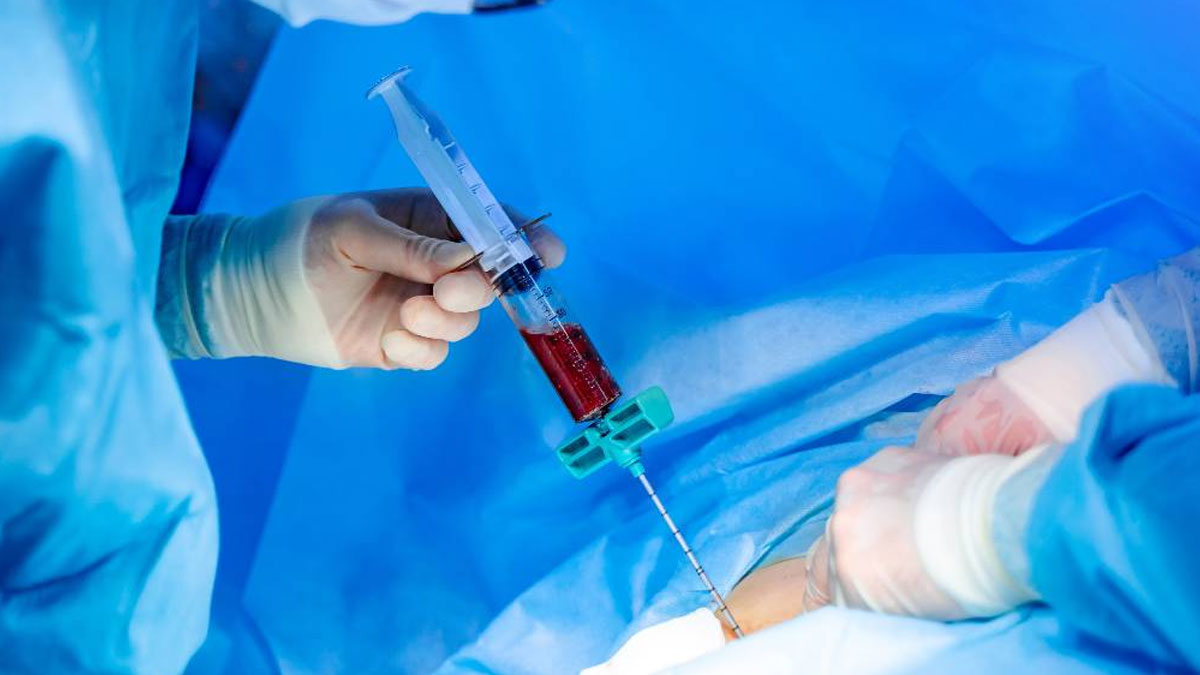
In a significant medical breakthrough, Bengaluru’s Kidwai Memorial Institute of Oncology (KMIO) has recently achieved a landmark in paediatric care by successfully performing its first paediatric matched sibling donor allogeneic bone marrow transplant (BMT). This procedure was conducted on a 14-year-old patient, referred to as Archana (name changed), who had been grappling with acute myeloid leukaemia (AML), a severe and aggressive form of blood cancer.
Table of Content:-
The Journey to a Life-Saving Procedure
Archana's battle with AML began with standard chemotherapy, which unfortunately proved ineffective as her cancer remained resistant and posed a high risk of relapse. This dire situation necessitated a more advanced treatment approach. The pivotal moment came when it was discovered that Archana's younger brother was a perfect genetic match for an allogeneic BMT, a crucial factor for the success of this complex procedure.
Dr. Vasundhara Kailasnath, a leading paediatric BMT physician at KMIO, along with her dedicated team, decided to proceed with a high-dose chemotherapy regimen followed by the allogeneic BMT. This innovative treatment utilized stem cells harvested from Archana's brother, which were meticulously matched to her genetic profile, enhancing the likelihood of a successful transplant.

What is Bone Marrow Transplantation?
According to Dr Dharma Choudhary, Director and HOD, Blood and Marrow Transplant at Sanar International Hospitals, bone marrow transplant involves collecting stem cells from a donor or the patient’s own body, treating these cells, and then reintroducing them into the patient. The primary objective is to restore healthy bone marrow function after the patient’s existing marrow has been damaged or destroyed due to disease or high-dose chemotherapy.
Types of Bone Marrow Transplants
Autologous BMT
In this type, stem cells are harvested from the patient themselves, processed, and then reinfused after intensive treatment. This method is often used when the patient’s own cells are healthy enough to be reintegrated into their system.
Also Read: Paris 2024 Olympics: Multiple Athletes Test Positive For COVID-19
Allogeneic BMT
This involves using stem cells from a genetically matched donor, which can be a sibling, parent, or an unrelated donor found through registries. The donor’s stem cells must closely match the recipient’s genetic profile to reduce the risk of complications and ensure successful integration.
Umbilical Cord Blood Transplant
Stem cells collected from an umbilical cord immediately after birth can be used in transplants. These cells are often preferred for their ability to mature quickly into functional blood cells.
Understanding the Risks
Bone marrow transplantation, while life-saving, comes with its own set of risks and potential complications. These can vary based on the type of transplant, the patient’s overall health, and the specifics of the preparatory regimen. Common complications include:
- Infections: Due to severe immune suppression, patients are at high risk of bacterial, viral, and fungal infections.
- Low Blood Counts: Conditions like thrombocytopenia (low platelets) and anemia (low red blood cells) can lead to severe health issues.
- Pain and Discomfort: High doses of chemotherapy can cause significant mucositis and other pain-related symptoms.
- Organ Damage: Potential damage to vital organs like the liver and heart due to chemotherapy or radiation is a serious concern.
- Graft Failure: There’s a risk that the transplanted marrow may fail to engraft properly, which can be due to infection or insufficient stem cell count.
Also Read: Cancer Care During Monsoon: Here Are The Essential Tips And Precautions
Bottomline
The successful paediatric allogeneic bone marrow transplant at Kidwai Memorial Institute of Oncology marks a pivotal advancement in treating severe cases of blood cancer in children. This milestone not only underscores the institute's dedication to innovative and accessible healthcare but also offers hope to many families facing similar challenges. As BMT continues to evolve, it remains a cornerstone in the treatment of complex and life-threatening conditions, providing a lifeline to patients around the world.
Also watch this video
How we keep this article up to date:
We work with experts and keep a close eye on the latest in health and wellness. Whenever there is a new research or helpful information, we update our articles with accurate and useful advice.
Current Version